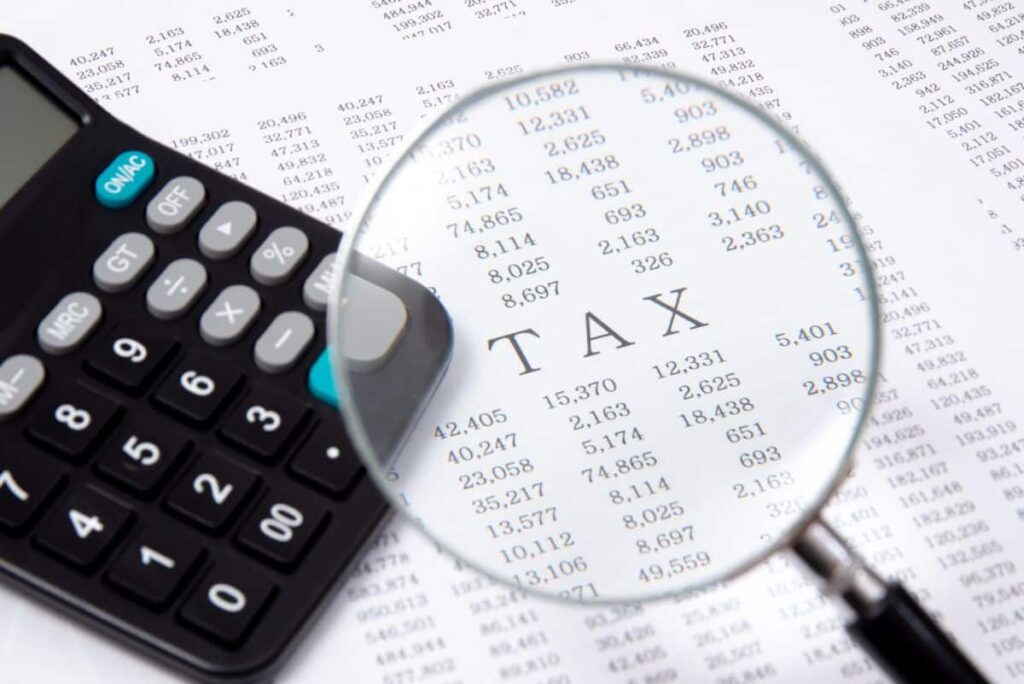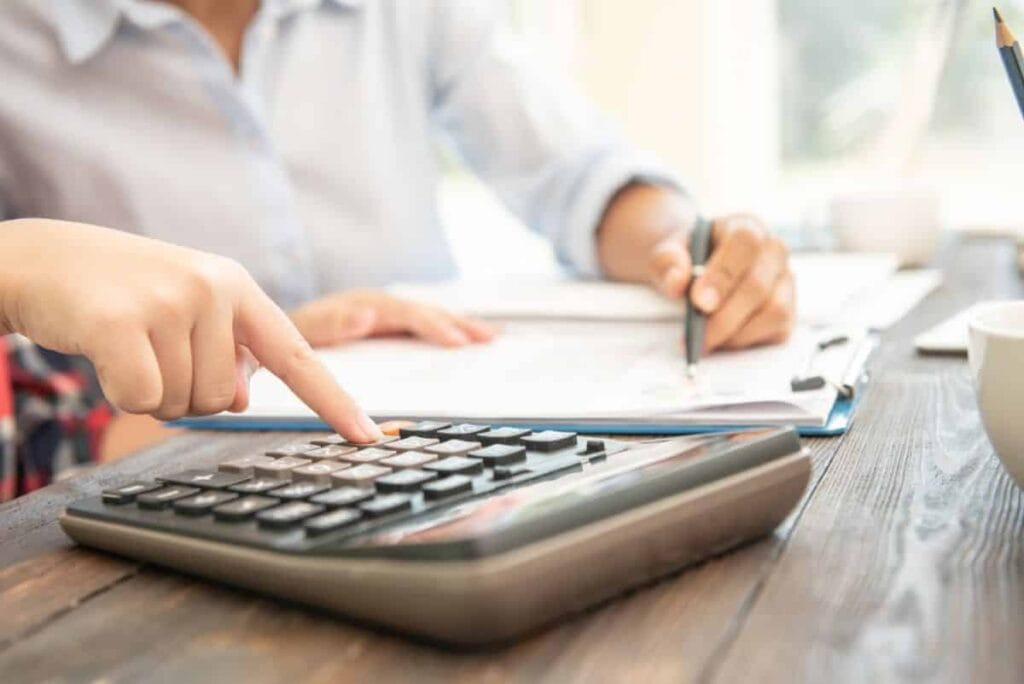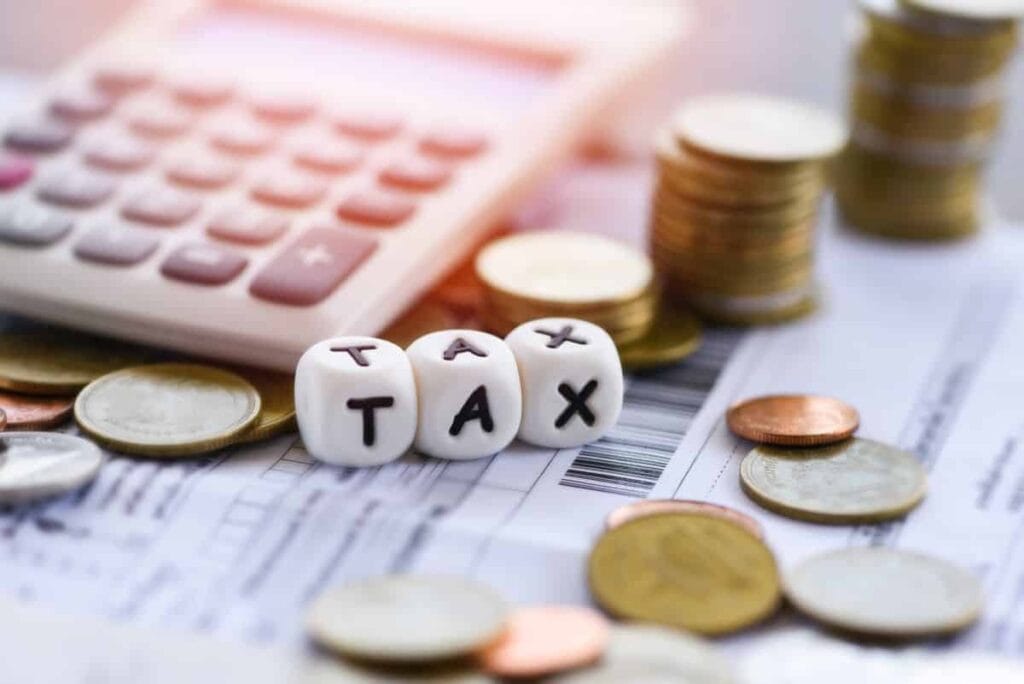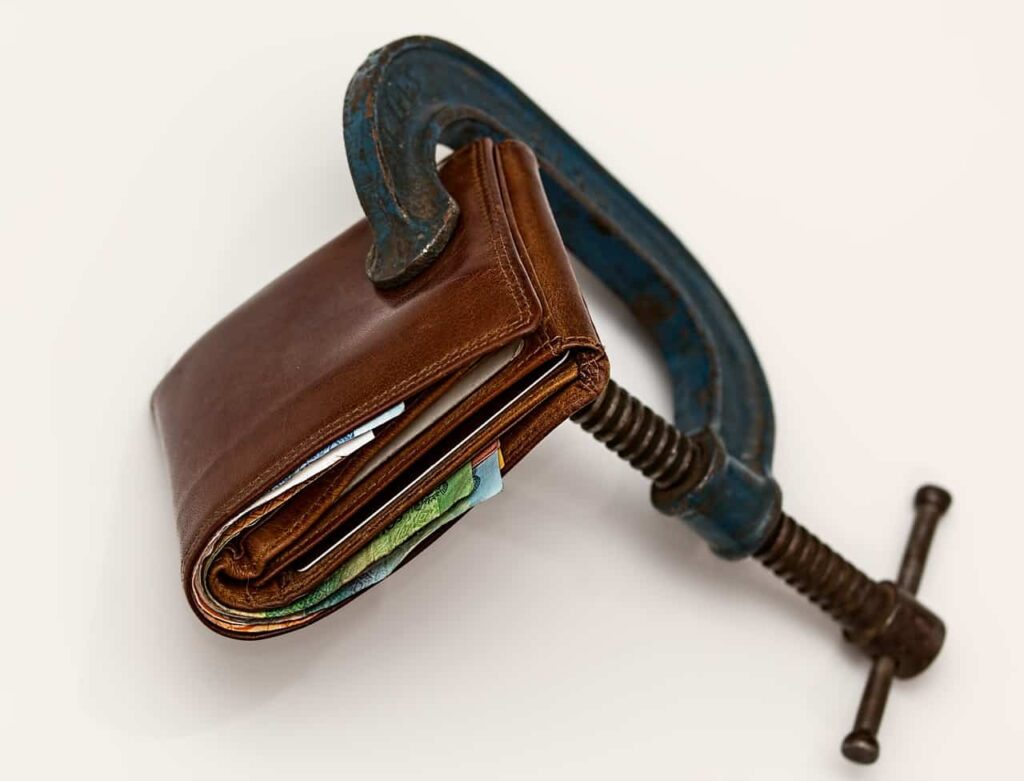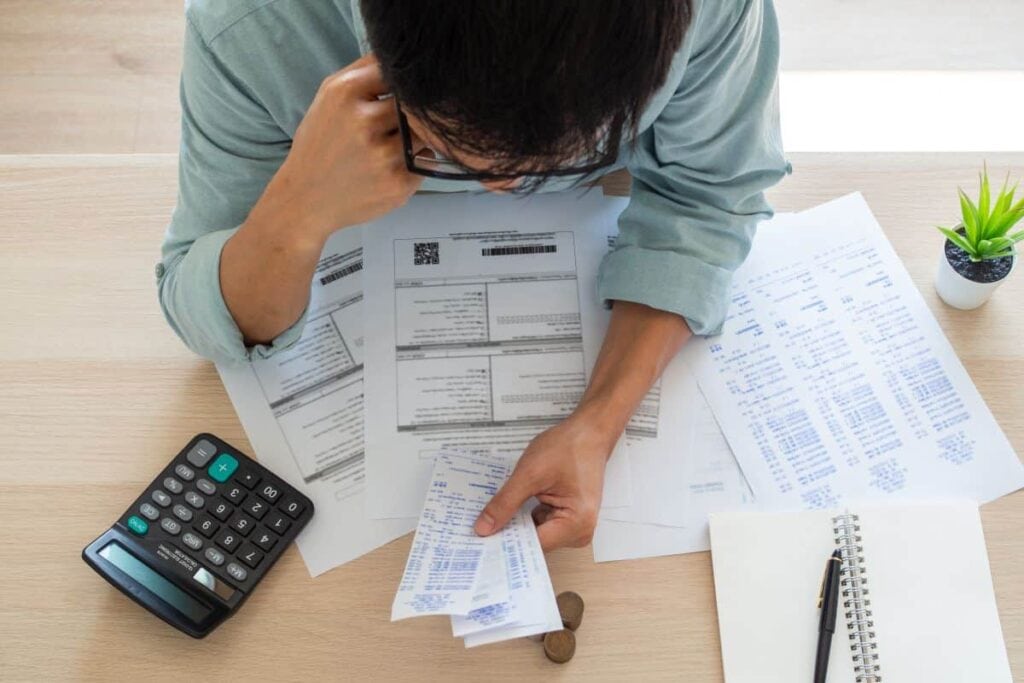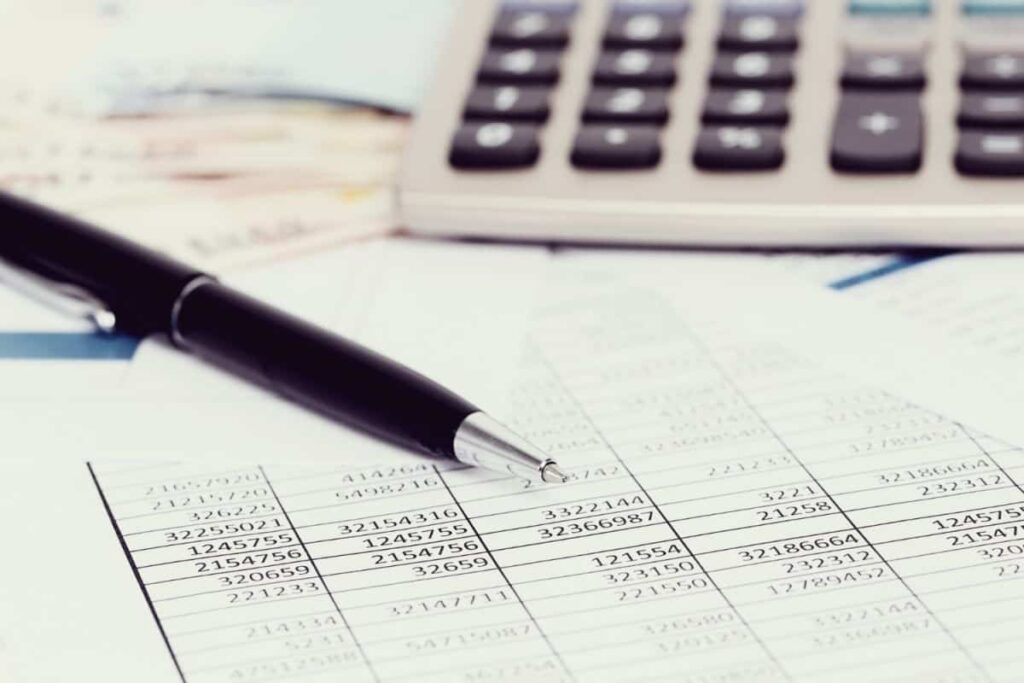If you're like the majority of people who own businesses, lowering the amount of income that is considered taxable by claiming depreciation deductions on your tax return is an important step. And with good reason - depreciation can result in significant cost savings for the government. On the other hand, if you do not take advantage of all of the deductions that are available to you, you will be leaving money on the table. Therefore, when it comes time to file your taxes, you should be sure to make use of these suggestions to increase the accuracy of your depreciation deduction estimates.
Taxpayers in Australia make an effort each year to lower the proportion of their income that is subject to taxation by claiming depreciation deductions. However, a significant number of taxpayers lack the knowledge necessary to maximize their deductions. If you want to get the most out of your depreciation deductions when it comes time to file your taxes, make sure you follow these suggestions.
When it comes to filing your taxes, are you looking for ways to improve the depreciation deductions you claim? If that's the case, you're in luck because we have some helpful advice to share with you. Continue reading to gain further insight into how you might minimize your taxable income by making the most of the deductions available to you.
How to Get Your Tax Claim Right When It Comes to Asset Depreciation
You are not eligible for an immediate tax deduction if you make a purchase of capital assets with the intention of using them to increase your income. This is the usual rule. You must instead depreciate the cost of the asset over a period of time, generally several years, before it can be written off. The term for this write-off that reduces taxable income is depreciation.
Because of the complication of the laws and the requirement to roll forward calculations on an annual basis, calculating depreciation may be a tedious and time-consuming procedure that requires careful attention to detail. Because of this, many people find it more convenient to leave the process of working out their tax depreciation to their tax agent. However, because it doesn't hurt to have a basic understanding of the topic, here is our advice for beginners on tax depreciation.
The Basics
If you make money in any of the following ways, you might be eligible to depreciate some of your assets:
- You operate a business and make use of many assets in the course of running that firm;
- You are now working at a job, and you make use of the asset as a required element of your work;
- You get income through the rental of an investment property that includes several types of valuable assets.
Depending on how you generate your taxable income, the types of assets that you might be eligible to write off are highly diverse. However, the vast majority of objects that have a finite lifespan and a value that is likely to decrease over time fall under this category. This could involve the following:
- The instruments and machines that are necessary for the practice of your trade;
- the plant and machinery essential to the operation of your company;
- Equipment of a technological nature, including but not limited to computers, laptops, phones, and printers, that you use in the course of your work either for your company or for your job;
- if you keep an office, whether it is at home or elsewhere, furniture specifically designed for use in offices;
- The movable fixtures and equipment that are included in an investment property, such as heating and cooling systems, air conditioning units, and kitchen appliances.
The amount that you paid for an asset, as well as any additional costs you expended in transporting and installing the asset, as well as any expenditures related to getting the asset into a condition where it can be used, are all included in the cost of an item that is used to calculate your depreciation (such as initial repairs).
You are only eligible to claim depreciation on an asset to the extent that it contributes to the generation of assessable income on your end. You will be required to apportion the depreciation charge for the item if it is also used for personal or domestic purposes; nevertheless, you are only allowed to claim the amount of the cost that is relevant to your work or business (for instance, if you purchase a computer and use it half for your job and a half for private purposes, you can only claim depreciation on half the cost).
When calculating depreciation, there are two sets of regulations to follow: the general standards, which are more complex, and the specific, more straightforward guidelines for small firms.
A property advisor can provide valuable insights into the real estate market, aiding in investment decisions
General Rules
According to the laws that govern depreciation in general, the following are eligible for instant write-off:
- things at a cost of up to one hundred dollars that are utilized to earn money for the firm;
- things with a maximum cost of $300 that are utilized to generate income in addition to a business (such as equipment you use in your job).
Everything that is purchased with a cost that is larger than the thresholds listed above has to be written off over the asset's effective life, which might vary significantly depending on the type of asset that is being discussed. The ATO compiles a detailed list of effective lifetimes for assets on an annual basis (the most recent one, TR 2018/4, may be seen here). You have the option of either using this list to establish the effective life of your assets or performing your own self-assessment if you disagree with the ATO's list.
Calculating depreciation can be done in two different ways. You have the option of using either the prime cost method (also known as the straight-line method), in which the cost is written off over the asset's effective life, or the diminishing value method, in which the base value of the asset decreases each year as it is reduced by the amount that was depreciated in the previous year.
Using the approach of diminishing value will result in higher deductions during the first few years of ownership, but lesser deductions throughout the later years of an asset's useful life. A constant reduction is produced by the straight-line approach for the whole effective life of the product.
Streamlined Regulations for the Benefit of Small Businesses
You are eligible to take advantage of various, more straightforward regulations if you run a small firm, which is defined as one with an aggregated turnover of less than $10 million.
If you choose to follow these guidelines, you will be able to immediately deduct any expenses related to things that cost less than $20,000 (given that you make the purchase before the 30th of June, 2019, after which date the threshold drops to $1,000). Since it was first implemented in 2014, this extremely high barrier for rapid write-offs has proven to be quite well received by proprietors of small firms.
When an asset is purchased by a small firm that costs more than $20,000, that asset is put into a pool and eligible for depreciation at a rate of 15% in the first year of ownership and 30% in each year thereafter.
Some Suggestions to Help You Maximize Your Depreciation Deductions This Tax Season
The conclusion of the current fiscal year is quickly approaching, and investors in real estate should consult with tax professionals about the deductions that are open to them.
Property investors should get ready to make an appointment with their accountant in order to finish their annual income tax returns as the end of the fiscal year is drawing near.
Property investors are reminded by the Australian Taxation Office (ATO) on an annual basis to exercise extreme caution in relation to their claims. As a result, investors need to seek the counsel of tax specialists regarding the deductions that are available.
A significant number of investors do not maximize their depreciation deductions or make errors in their deduction claims for capital works or plant and equipment items. This results in a loss of revenue for those investors.
A specialized quantity surveyor should be contacted and asked for a tax depreciation schedule in order to guarantee that deductions are claimed in the correct manner. This will ensure that deductions are claimed in the correct manner. The following are some suggestions that might assist investors in maximizing the benefits they receive from their depreciation schedules and, as a result, the amount of cash flow they generate from their investment properties.
Request a site inspection to ensure that nothing is overlooked.
When it comes to organizing a tax depreciation plan for a piece of real estate, a site inspection is perhaps one of the most crucial steps that must be taken. When you contact to enquire about getting a report, make sure to ask if the property will be visited. This is important because, unfortunately, not all companies that supply depreciation schedules include one.
During the site inspection, a specialist in depreciation will take photographic records of all of the depreciable things that can be found within the property, in addition to taking thorough notes regarding structural items. When the schedule is processed, it will be possible to account for each and every item thanks to this. Depreciation deductions should be itemized for each item, and your quantity surveyor should produce a total for each year over the asset's effective life.
It is important that depreciation for structural components, also known as deductions for capital works, be detailed separately in the schedule. This will make it much simpler for an accountant to accurately process a claim.
No Matter How Old The Property Is, You Can Still Claim Depreciation On It
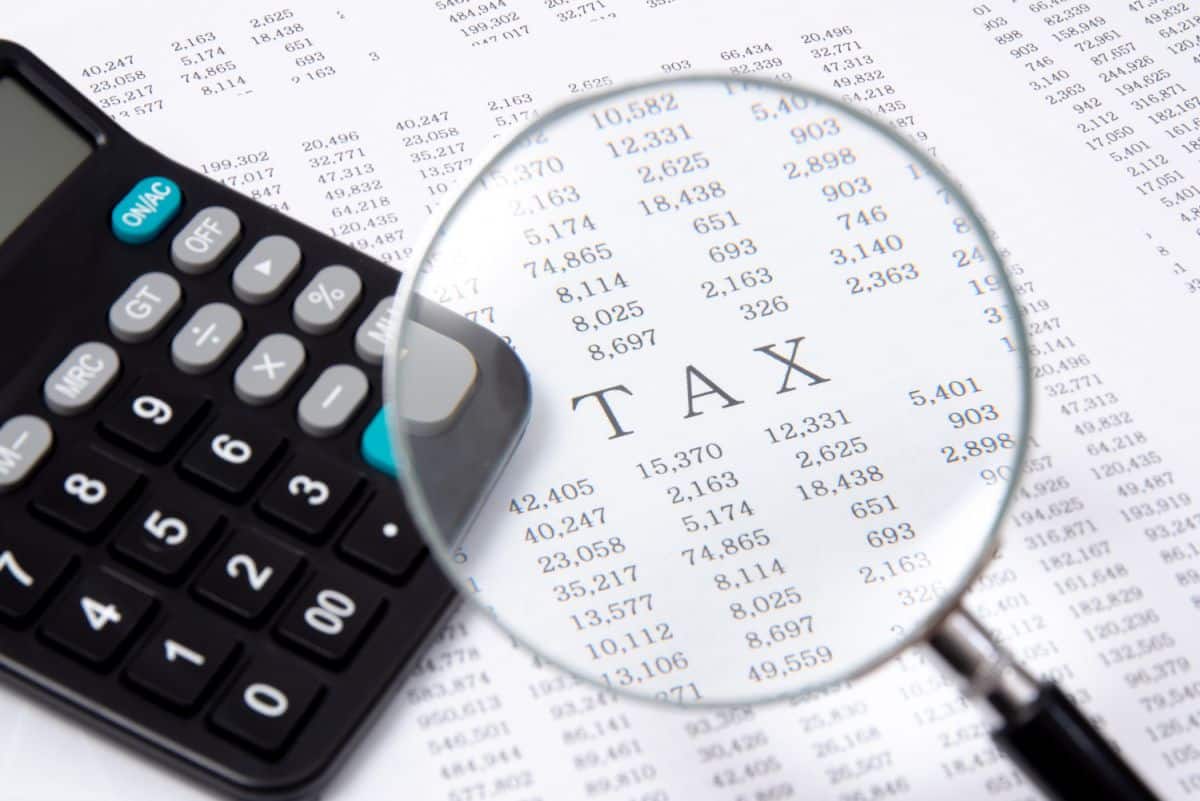
Many owners of older properties incorrectly believe that they are ineligible to claim tax deductions for property depreciation. This is due, in part, to the constraints placed on claims by the ATO regarding the capital works component of the property. Although the law stipulates that in order to be eligible for capital works allowance, property owners must have started construction on their home or business after September 15, 1987, these restrictions do not apply to plant and equipment assets. Those who own these types of assets can claim a capital works allowance.
In addition, older homes frequently underwent some sort of refurbishment or had some of the objects contained within them brought up to date over the course of their ownership. Even if the modifications or renovations were carried out by a former owner of the property, the current owner may still be eligible to claim deductions for them provided that these alterations were executed before the ATO-mandated deadlines.
Check to see that the schedule has been brought up to date to include any new capital improvements
If you already have a plan for depreciation of the property, you should make sure that it is kept up to date if any changes are made to the property. An instant reduction in the amount of one hundred percent can be claimed for any repairs made to fix damage or maintenance performed to avoid the deterioration of things within a property in the same year that the expense was incurred.
Be careful, though, because the ATO will consider an item to have experienced a capital improvement if it has been improved beyond the state it was in when it was initially purchased. This means that the item must be categorized as either capital works deductions or plant and equipment and depreciated over the course of its useful life.
Before beginning any modifications that require the demolition of preexisting structures or the disposal of plant and equipment assets, an investor should get in touch with their company's experienced quantity surveyor. This is due to the fact that there is a possibility that these things still have some leftover depreciation deductions available, which can be written off. In addition, there is a method known as "scraping" that enables investors to write off any remaining depreciable value for assets in the same year that the items are removed from use.
When modifications or renovations are finished, you should always make sure to obtain an updated schedule so that any new items can be included in any future claims for the depreciation that may be filed.
Request the assistance of your accountant in submitting an application for a Pay-As-You-Go (PAYG) Withholding Variation.
Did you know that you can take advantage of depreciation deductions at any point during the year instead of having to wait until the end of the year? Individuals are able to better plan for their future tax obligations by adjusting the amount of tax that is withheld from each of their paychecks by their employers through a method known as "pay as you go," or PAYG. This allows shareholders to take advantage of deductions on a more consistent basis, rather than having to wait until the end of the fiscal year to receive their tax refund.
Investors who want to apply for a PAYG withholding variation should discuss the process with their accountant. They will offer guidance regarding whether or not a PAYG withholding variation is appropriate for the specific circumstances of an individual. After that, they are going to provide the ATO with some estimated financial information. For the purpose of bolstering a PAYG withholding variation application, an investor may make use of a depreciation schedule that was supplied by their quantity surveyor. The additional cash flow that can be claimed from depreciation can have the effect of lowering the amount of tax that an individual is required to have withheld from their income.
After the PAYG application has been processed, an investor in real estate will have an estimate of the amount of tax refund they can anticipate receiving for the upcoming fiscal year. This will enable the investor's employer to withhold a lower amount of tax from their earnings. In addition, this enables the additional cash flow that is generated as a result of depreciation deductions to be used on a regular basis as required. This can come in very handy when expenditures associated with repairs and maintenance are incurred, as well as when trying to decrease loan obligations.
Consult with a Quantity Surveyor who specializes in the field.
According to Tax Ruling 97/25, the ATO acknowledges quantity surveyors as one of a restricted group of specialists who possess the knowledge and competence required to accurately estimate building costs for the purposes of depreciation. However, without the assistance of a quantity surveyor, accurately computing deductions may be an incredibly difficult task. This is particularly true given the complexity of depreciation legislation and the frequency with which it is updated.
Quantity surveyors have access to the most recent knowledge and resources because of their affiliations with the governing bodies of their respective industries. Make sure that the quantity surveyor you choose is a recognized member of both the Royal Institute of Chartered Surveyors and the Australian Institute of Quantity Surveyors (AIQS) (RICS). If you haven't already hired a specialist quantity surveyor, it is in your best interest to give one a fast call in order to find out how you might benefit from claiming tax depreciation on your investment property.
If an investor has not been maximizing their depreciation deductions or submitting claims, they can submit a claim to recover two years' worth of missing deductions in addition to the cost of a depreciation schedule, which is fully deductible from their taxes.
Breakdown of Items That Can Be Claimed
The phrase "the devil is in the detail" perfectly describes the process of maximizing a claim. It is helpful to split the property into relevant components if you have a thorough understanding of the Tax Act as well as skills in calculating the costs of building and equipment. This knowledge must then be tied to the particular characteristics of the property, as well as the taxpayer's intentions and policies regarding their business.
After that, a tax depreciation schedule will be compiled for you, which will outline the depreciation entitlements that are available to you with regard to your investment property. There are two categories that can be used to classify depreciation entitlements:
Capital allowances
The historical construction cost of the property is used to calculate capital allowances. The value of the property's plant and equipment assets, which will be covered in the following section, is not factored into this calculation. Buildings that were built after 1982 (for non-residential properties) and after 1987 (for residential properties) are eligible for capital works deductions (for residential properties).
Plant & equipment items
Think of assets that can be easily removed from the property as "loose assets." Plant and equipment items are often included in this category, but this is not always the case. The allowances that are offered are determined by their state, their quality, and their effective life. For instance, goods that fall under the category of "plant and equipment" could include things like hot water systems, air conditioners, security systems, carpets, and blinds, among other things.
Maintain a Record of Both Capital Works and Repairs
When it comes to the depreciation of property, there is a distinction to be made between repairs and maintenance, on the one hand, and capital works improvements, on the other, and this distinction can have an impact on your claim.
If you have improved your property in the most recent fiscal year, such as by renovating it, it is highly recommended that you obtain an updated depreciation schedule as soon as possible. Improvements take an item or property beyond the condition it was in when it was purchased and bring it to a higher standard. If the improvement is determined to be of a capital character, then it is possible to depreciate the cost of the improvement through taxation.
It is not just the amount of money that you have spent on renovations, but also the things that you have replaced or "scrapped," that is of equal value. It is possible to make an immediate claim for a deduction equal to an item's remaining depreciable value in the tax return for the year in which the item is removed from the property.
On the other hand, repairing something means bringing it back to the condition it was in when it was first purchased in order to maintain its worth. In the year that the expense was incurred, you can immediately deduct the full one hundred percent of the cost of repairs.
Don't Put Off Making Your Claim!
At any point during the year, investors in real estate might organize a tax depreciation schedule for their investments. Consequently, you will still be eligible to lodge a claim for a prorated portion of the year even if the revenue from your property has just recently begun to be generated.
A claim for depreciation might be submitted by an investor depending on the number of days that a property was offered for lease. This regulation applies to you if you have only just purchased an investment property or if the property was only posted as available for a portion of the year.
Examine the Deductions from the Previous Years
Do you have a property that you bought for investment purposes that you haven't claimed depreciation on in the past two years? Or perhaps a previous claim that was devalued at one point in the past?
The Australian Tax Office (ATO) will accept amendments to previously filed tax returns for a period of two years from the initial submission of those returns. Because of this, property owners have the opportunity to reclaim some of the deductions that they might have forgotten to claim on earlier tax returns. You need to make arrangements to have an evaluation of your eligible allowances and modify any previous tax returns that are relevant.
Involve An Expert
An expert in property tax depreciation will be able to advise you on the maximum advantage that can be claimed, which is a no-brainer. They will verify that your claim is in agreement with the relevant laws, decisions, and guidelines that are currently in effect. In the event that you are ever selected for a tax audit, you will be prepared with a tax depreciation schedule that was prepared by a qualified professional. This schedule will include all aspects of your claim and will be presented in a style that is acceptable to the Commissioner of Taxation. The fees are completely tax-deductible, and the schedules are valid for a period of forty years.
Quantity Surveyors are recognized as competent practitioners by the Australian Taxation Office (ATO) for the purpose of creating property tax-related depreciation schedules.
Each year, Altus Group is responsible for managing the preparation of thousands of tax depreciation schedules for residential, commercial, and industrial construction projects. Our membership in the Australian Institute of Quantity Surveyors (AIQS) and our accreditation as trained Tax Agents with the Tax Practitioners Board (TPB) ensure that we adhere to the highest possible standards of professional performance.
Over the past few months, in response to COVID-19, we have implemented safety measures that enable us to continue producing comprehensive property tax depreciation schedules while maintaining the safety of both our customers and our employees. These measures allow us to continue to produce depreciation schedules for property tax purposes.
Less Well-Known Ways To Maximize The Tax Deductions That You Can Get On Your Investment Property

During the process of preparing your annual tax return, you should take the time to evaluate the performance of your investment property and verify that you are claiming all of the deductions and credits to which you are entitled.
To help you get the most out of your investment property, we have decided to provide five strategies that are less well-known.
You should claim depreciation in order to maximize your returns.
Depreciation deductions could be claimed for an amount as high as tens of thousands of dollars for any investment property that produces a profit. In point of fact, the majority of investors are eligible for an average deduction of between $5,000 and $10,000 in just the first full financial year. Due to the fact that it is a deduction that does not involve the expenditure of cash, which means that the investor does not need to spend money in order to claim it, property depreciation is sometimes overlooked. In point of fact, studies have shown that eighty percent of those who invest in real estate do not take advantage of the depreciation deductions to which they are entitled.
The Reporting of Income And Expenses From Rental Property
Are there some deductions that you should be claiming but aren't? The ATO classifies income from rentals as taxable income; however, you may deduct certain expenses in order to lower this amount, including the following:
- Costs associated with property maintenance and management fees
- depreciation of the property;
- Fees and interest on loans charged by the bank;
- Insurances;
- Inheritance taxes and legal fees.
Make Sure Your Claims Are Right For Renovations And Repairs
There is a distinction to be made between an improvement to capital works and a repair, and this distinction will have an impact on your claim. In the same fiscal year that the repairs are finished, you are eligible to make a claim for the total amount that they cost. On the other hand, it is necessary to write off the cost of an improvement or refurbishment over time.
If you made any changes to your property during the previous fiscal year, it is highly recommended that you obtain the guidance of a Quantity Surveyor in order to guarantee that these upgrades are included in your claim in the correct manner.
Increase your deductions by utilizing a split report.
Do you have joint ownership of a property? When this occurs, it is typically in each owner's best interest to order a split report in order to maximize the rewards on their investment. Accountants are required to propose that their clients obtain a split report in order to ensure that their clients who co-own investment properties maximize the deductions available to them.
Modify Any Previously Submitted Returns
Investors have the ability to revise their tax returns for the two most recent years in order to claim any deductions that they may have overlooked.
Instead of attempting to navigate the complexities of taxation on your own, it is highly recommended that you assemble a knowledgeable team that includes a Quantity Surveyor, a Property Strategist, and an Accountant that has prior experience working with real estate investments.





